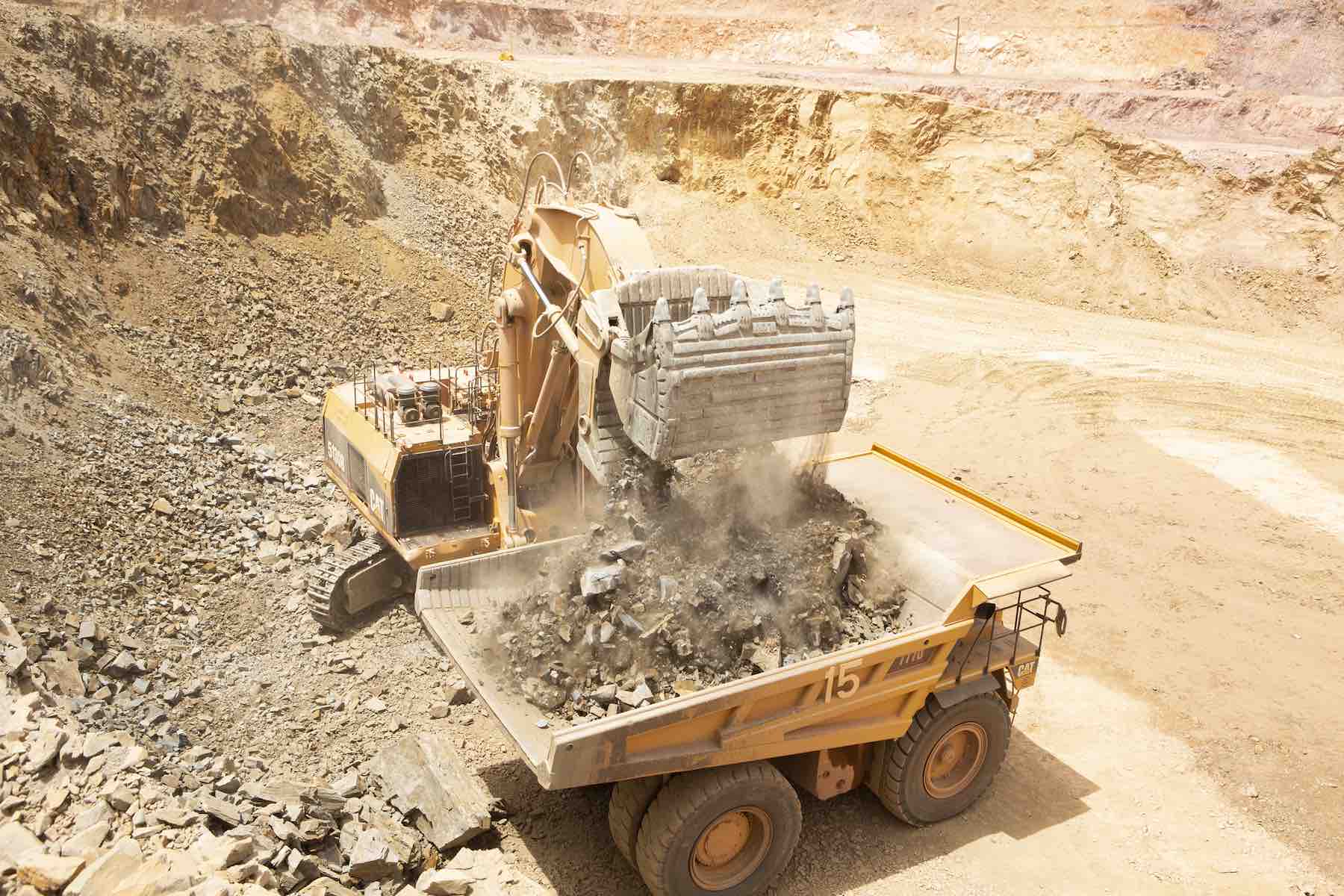
Fugitive dust is a hidden threat in our world.
You can think of it as particles (often tiny) that become airborne and are then carried along by wind or artificial air movement.
By definition, fugitive dust has escaped from captivity. It’s something we all deal with in our daily lives to a certain degree; however, some industries and locations are more vulnerable to its potentially harmful effects.
Next, let’s take a look at the rules and regulations.
Down Under, we have several regulations and guidelines around the control of fugitive dust.
Each of these aims to protect human health, the environment, and public infrastructure.
Our central regulations include the following:
National Environmental Protection (Air Quality) Measure (NEPM): This national framework sets air quality standards for ambient air across Australia. The NEPM also advises about managing fugitive dust emissions from mining, transport, and construction sources.
State and territory regulations: Each state and territory in Australia has its own set of rules and guidelines around fugitive dust control. These regs cover a broad range of industries operating in the region.
Environmental Protection (Controlled Activities) Regulations: These regulations are in place in Western Australia. They require companies to prepare and implement a dust management plan for activities likely to cause significant dust emissions.
Code of Practice for the Control of Dust and Emissions from Construction and Demolition Activities: This code of practice is a voluntary set of guidelines that guide controlling dust emissions, specifically from construction and demolition activities.
Australian Dust Control Association (ADCA): ADCA is an industry group that promotes best practices for dust control across Australia. They offer training, information, and resources to help companies comply with relevant regulations and guidelines.
Refer to this list or your state authority for guidance on your responsibilities around fugitive dust release.
GRT Activate is a purpose-built product for controlling fugitive dust during process and production work.
It’s used to super-activate water, improving H2O to the point where it can capture and drop even microscopic particles, which are the most harmful to human health.
You can add GRT Activate to sprayer systems, water trucks and stabilisers to effectively “make water work”.
If you have a question about our GRT Activate product for your Quarrying and Mining or Road Construction project, reach out to our team today!
Your feedback is important to us. If you enjoyed reading this Global Road Technology industry update and found it informative, please let us know by leaving a REVIEW.
Are environmental regulations, health and safety concerns or potential profit loss a concern right now?
Contact Us Now